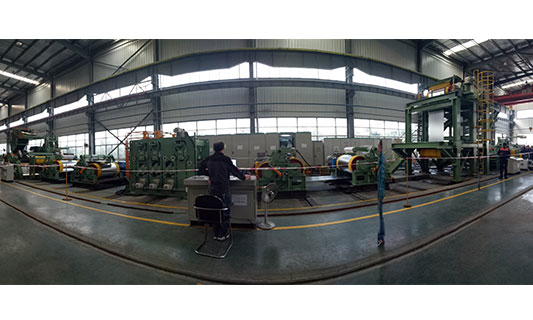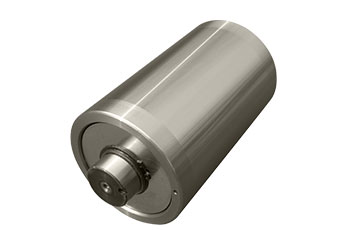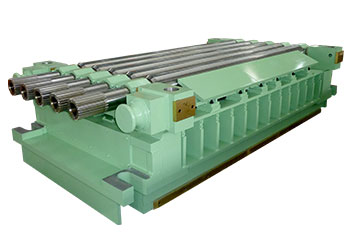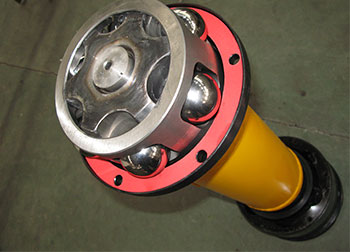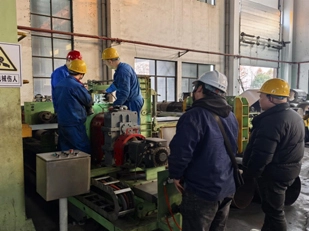Fine Blanking: A New Technology for Metal Sheet Forming
Fine blanking technology is an advanced precision forming technology that uses metal sheets as raw materials and employs a less or non-cutting plastic processing method to produce parts with high dimensional accuracy and low shear surface roughness in one forming process. Originating from Germany, fine blanking technology is continuously updated and developed in various countries.
The principle of fine blanking
Currently, fine blanking is divided into several types, including ordinary fine blanking, strong pressure plate fine blanking, opposite convex-concave die fine blanking, reciprocating stamping, synchronous cutting and squeezing fine blanking, and closed extrusion fine blanking. Among them, strong pressure plate fine blanking has the widest application. Strong pressure plate fine blanking is a process that utilizes a special structural mold on the three-axis fine blanking press to produce plastic-shear deformation under strong forces. The entire shearing process is pure plastic shearing and can produce high-quality fine blanking parts. In addition to the precision of the press machine, fine blanking molds, geometric shapes of fine blanking parts, and lubrication, the material property is also an important factor.
Fine blanking is an extrusion-shearing process carried out at room temperature. During fine blanking, the flow in the cutting area should continue until the end of the cutting without tearing, in order to obtain high-quality fine blanking components. Therefore, fine blanking materials need to have good precision punching processability.
The mechanical properties of fine blanking steel materials refer to tensile strength, yield strength, elongation, reduction of cross-sectional area, and hardness. Generally, materials with a carbon content of no more than 0.35%, tensile strength no greater than 650N/mm2, and a yield strength ratio of approximately 60% are most suitable. For medium and high-carbon steel and alloy steel, the carbide spheroidization rate of fine blanking materials should be above 90%, and should be uniformly distributed. If it does not meet the requirement, spheroidizing annealing treatment is generally performed before fine blanking.
It is worth emphasizing that generally, the lower the hardness, the better the plasticity. However, even if the material hardness is relatively high, good shearing surfaces can be obtained as long as the rate of carbide spheroidization (carburized body) is above 90%. Conversely, even if the material hardness is low, insufficient spheroidization may cause tearing zones on the shearing surfaces, resulting in less than 100% bright bands.
The mold of fine blanking
Fine blanking molds are an important means of achieving fine blanking and directly affect the quality of fine blanking components. The mold system is divided into an active convex mold system and a fixed convex mold system. According to data, the actual production of fixed convex molds (80%) is about four times that of active convex molds (20%). According to the type of mold, it can be divided into the following: simple fine blanking molds, compound fine blanking molds, continuous fine blanking molds, continuous composite fine blanking molds, and conveying fine blanking molds.
In practice, continuous composite molds (about 72%) are widely used to achieve multi-position composite forming processes of workpieces in order to reduce the number of punches and increase efficiency. More fine blanking molds that use the fourth or fifth force or more additional forces to form more complex fine blanking parts are also being developed.
The trend of fine blanking die development
Intelligent molds: Analyze the geometric units with risks in the parts, making them components and modules that can be quickly replaced on the pressure machine without removing the molds.
Establish mold design databases, mold parts standard libraries, and standard mold frame libraries.
Development from mold design CAD systems to CAD/CAM/CAE integrated systems.
Topics You May Be Interested in:
Roll Coating Process
Backup Rolls
Precision Blanking
Conventional Stamping
Rubber Roller Coating Machine
Press Blanking
Popular BOYA Flat Metal Processing Machinery
Other Articles about BOYA Flat Metal Processing Machinery

 English
English 